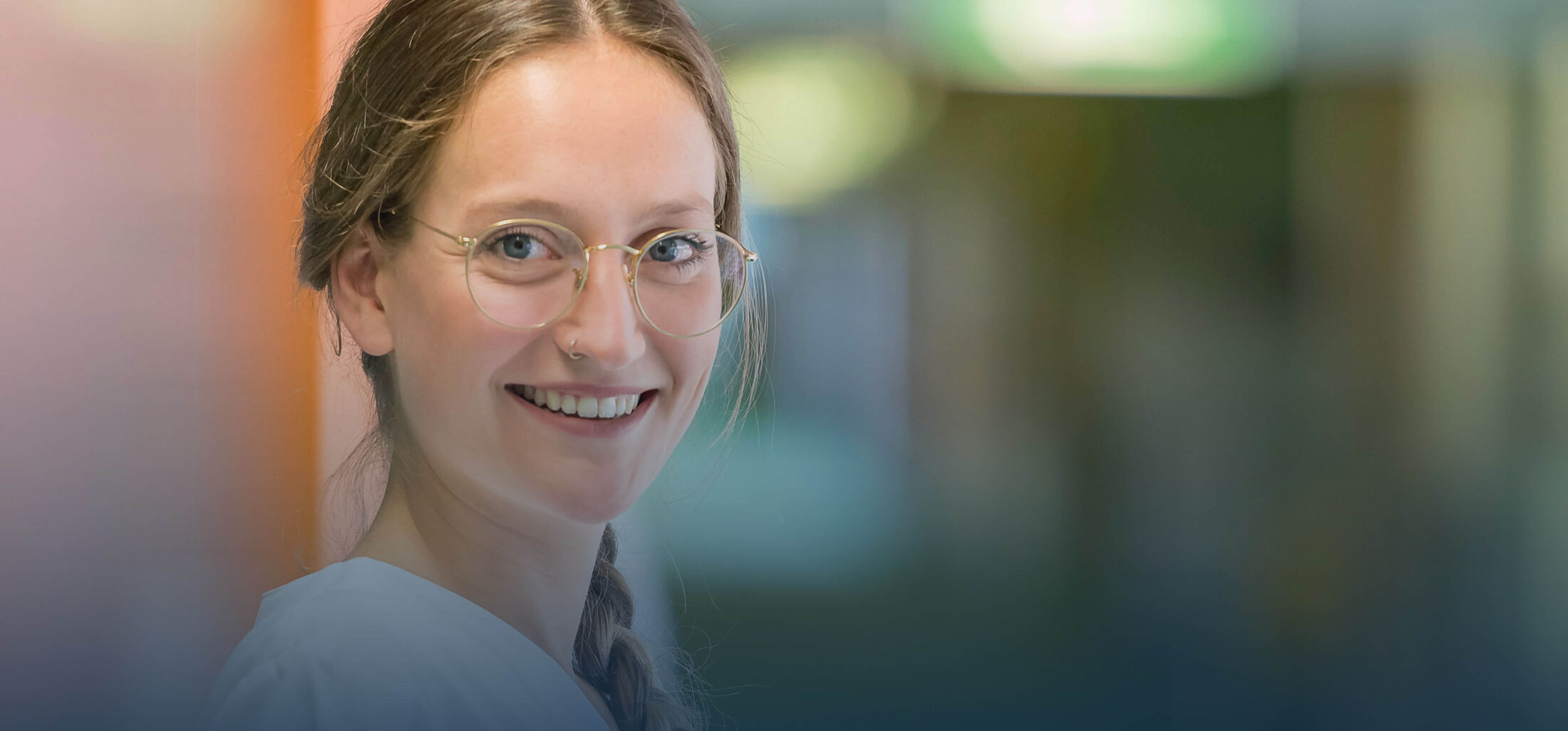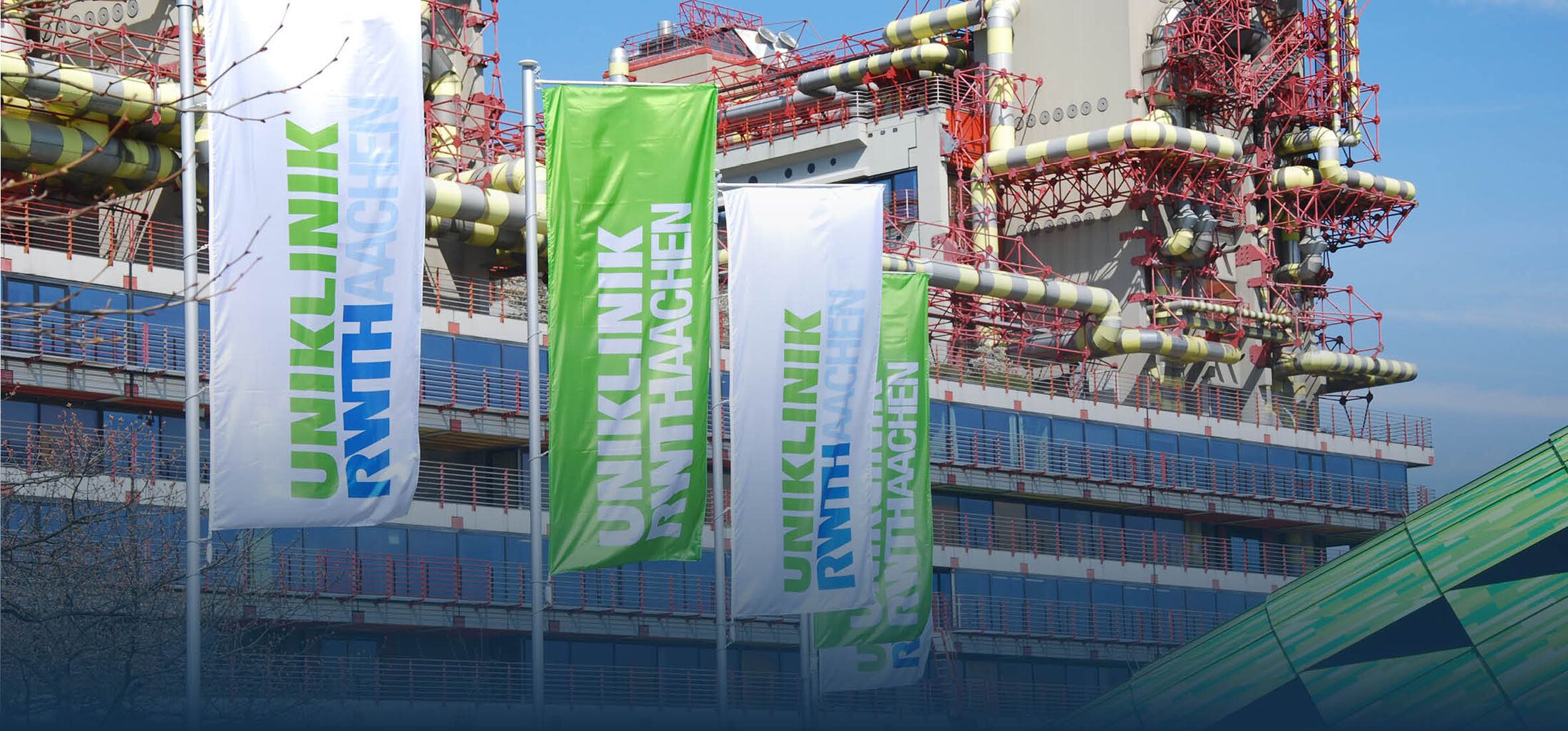Researchers at the University Clinic of the Uniklinik RWTH Aachen developed a novel AI-based approach for pathological diagnostics called "Next-Generation Morphometry" (NGM) and "Pathomics". This method bears the potential to revolutionize pathology by enabling a novel way of evaluating large amounts of histopathology data in a short period of time, thus accelerating and augmenting the diagnosis of kidney diseases. The paper was recently published in the journal Nature Communications.
Histopathology refers to pathological changes in the body that can be detected under the microscope. Histpathology remains one of the leading method for modern pathological diagnostics. In both tumor and non-tumor diseases, histopathology is still considered the gold standard for precise diagnostics, patient risk prediction or examining therapy response. However, the evaluation of histological specimens by pathologists is subjective and often limited in terms of efficiency, accuracy and also reproducibility.
Digitization takes pathology to a new level
Digitization has paved the way for the application of image analysis techniques. With their work, the researchers at the University Clinic of the RWTH Aachen are striving for a paradigm shift from a subjective, rather qualitative approach to an objective, quantitative approach in pathology. They have developed a method that incorporates artificial intelligence (deep learning) and omics analysis techniques to automatically and reproducibly extract morphological features from patients' tissue samples. The application of the developed algorithms allows for mining of large data sets, referred to as "pathomics". This allows comparing, analyzing and interpreting results from a single sample. The method is somewhat similar to other high-throughput methods such as "Next-Generation Sequencing (NGS)", which efficiently analyzes genomes and generates "genomics" data. The researchers have adapted and applied NGS methods to their pathological domain to develop a novel high-throughput technique for quantitative morphometry in digital pathology.
Next-Generation Morphometry – NGM
The researchers have termed their novel analysis pipeline "Next-Generation Morphometry”(NGM) and "Pathomics", following the terminology of “Next-Generation Sequencing” (NGS) and “Genomics”. They developed and validated the NGM methodology using multiple independent patient cohorts from international and multi-center studies. The largest available dataset of non-transplant kidney biopsies was generated and analyzed in the study, allowed predicting disease progression and enabling novel disease insights. The researchers plan to further leverage their approach and harness its potential for improved precision diagnostics in the future.
About the research project
The research project was led by Univ. Prof. Dr. med. Peter Boor and Dr. med. Roman Bülow, both from the Institute of Pathology at the University Clinic of the RWTH Aachen. The project also involved scientists from the Institute of Pathology, the Institute for Computational Genomics and the Clinic for Renal and Hypertensive Diseases, Rheumatological and Immunological Diseases (Medical Clinic II) at the University Clinic of the RWTH Aachen. The development of Next-Generation Morphometry was a collaborative effort between scientists from Aachen, Italy, the Czech Republic, and Great Britain.





